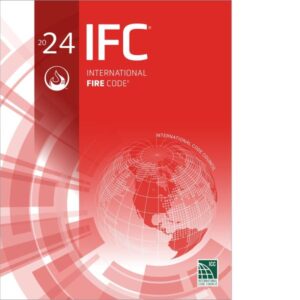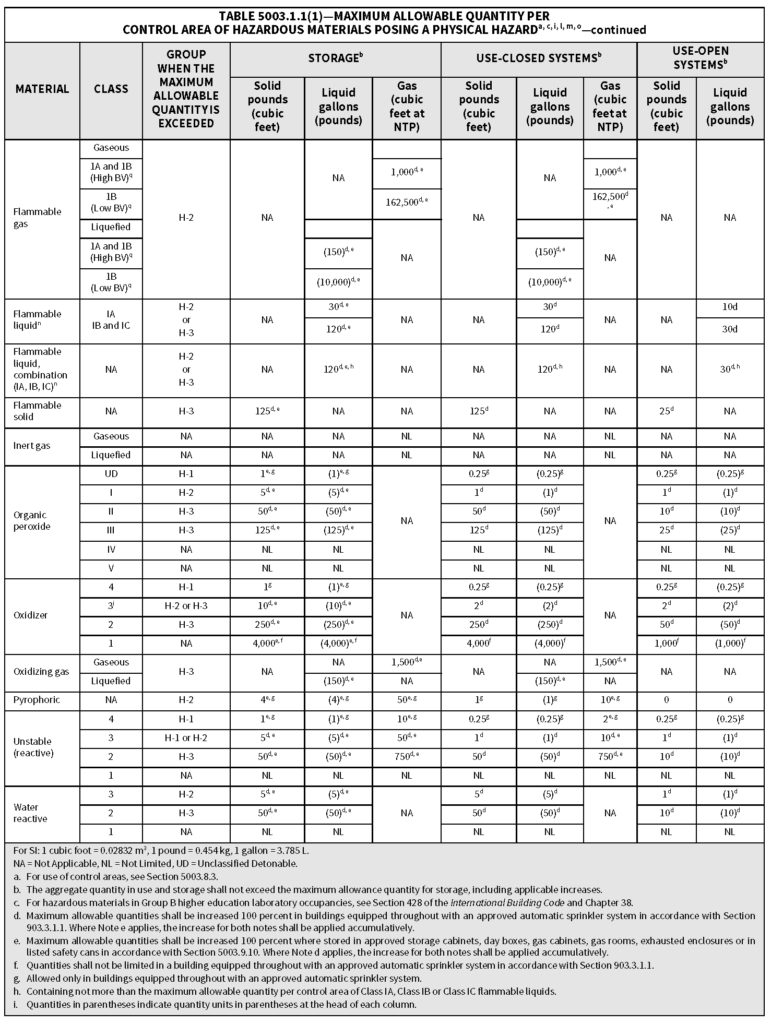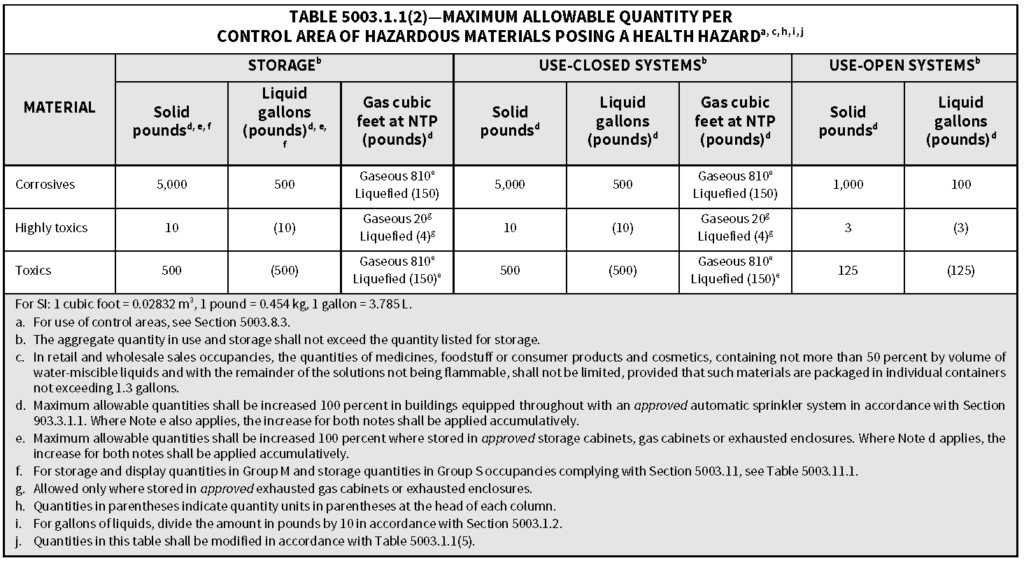
Code Corner: 2024 International Fire Code Tables 5003.1.1(1) and 5003.1.1(2): Maximum Allowable Quantities
The Building Safety Journal’s series, Code Corner, explores sections of the I-Codes each month, focusing on key elements of these essential codes.
The International Codes® (I-Codes), developed by the International Code Council, are a family of fifteen coordinated, modern building safety codes that help ensure the design and construction of safe, sustainable and affordable structures.
The I-Codes are the most widely adopted set of model codes globally, implemented in all 50 U.S. states and many countries around the world.
The Building Safety Journal’s series, Code Corner, explores sections of the I-Codes each month, focusing on key elements of these essential codes. This month, we’re spotlighting the scope of maximum allowable quantities within the 2024 International Fire Code® (IFC) tables 5003.1.1 (1) and 5003.1.1 (2).

2024 IFC Tables 5003.1.1(1) and 5003.1.1(2)
The maximum allowable quantities (MAQ) of hazardous materials per control area indicated in Tables 5003.1.1(1) and 5003.1.1(2) of the IFC are intended to be independent of the physical state of the material. For example, a single control area in a non-sprinklered building could contain 5,000 pounds of corrosive solids, 500 gallons of corrosive liquids and 810 cubic feet of corrosive gases without being classified as a Group H-4 high-hazard occupancy.
With respect to Class 3 oxidizers, for example, determining the appropriate MAQ is not as straightforward.
As noted in Table 5003.1.1(1), the base MAQ for Class 3 solid oxidizers is 10 pounds. For Class 3 liquid oxidizers, the MAQ is indicated as 10 but with the value in parentheses.

While liquids are typically regulated in gallons, quantities in parentheses are based on the quantity units in parentheses at the head of the column as indicated in footnote “j” of Table 5003.1.1(1). Consistent with footnote “l” of Table 5003.1.1(1) and Section 5003.1.2, where the weight of the liquid is not available and provided to the fire code official, a conversion of 10 pounds per gallon shall be used to determine the allowable MAQ in gallons.

The reference to “flammable liquid, combination” in Table 5003.1.1(1) is the only time the code is specific to regulating materials in the table in combination.

As indicated in footnote “h” of Table 5003.1.1(1), the intent is to be regulated by the overall combination but still not exceed the individual permitted amounts of Class IA, IB or IC flammable liquids.
For example, while the MAQ is limited to an overall amount in storage of 120 gallons of Class IA, Class IB and Class IC flammable liquids, no more than 30 gallons is permitted to be of Class IA flammable liquids.
Therefore, except for flammable liquids (Class IA, IB and IC), Tables 5003.1.1(1) and 5003.1.1(2) do not regulate permitted quantities of hazardous materials based on a combination of materials by class or via physical state (solid, liquid or gas) of the material.

To stay tuned for new articles in our Code Corner series, subscribe to the BSJ Weekly here.






